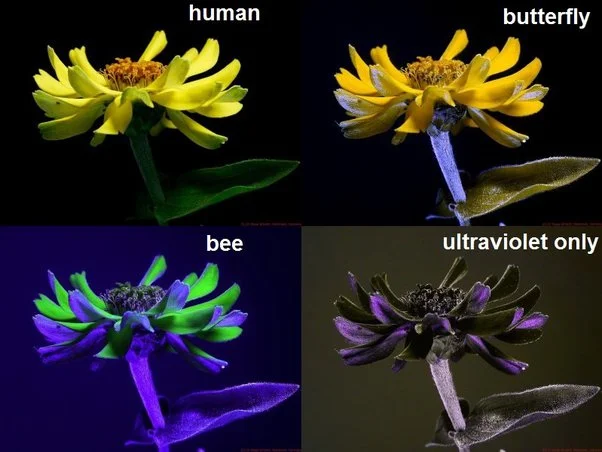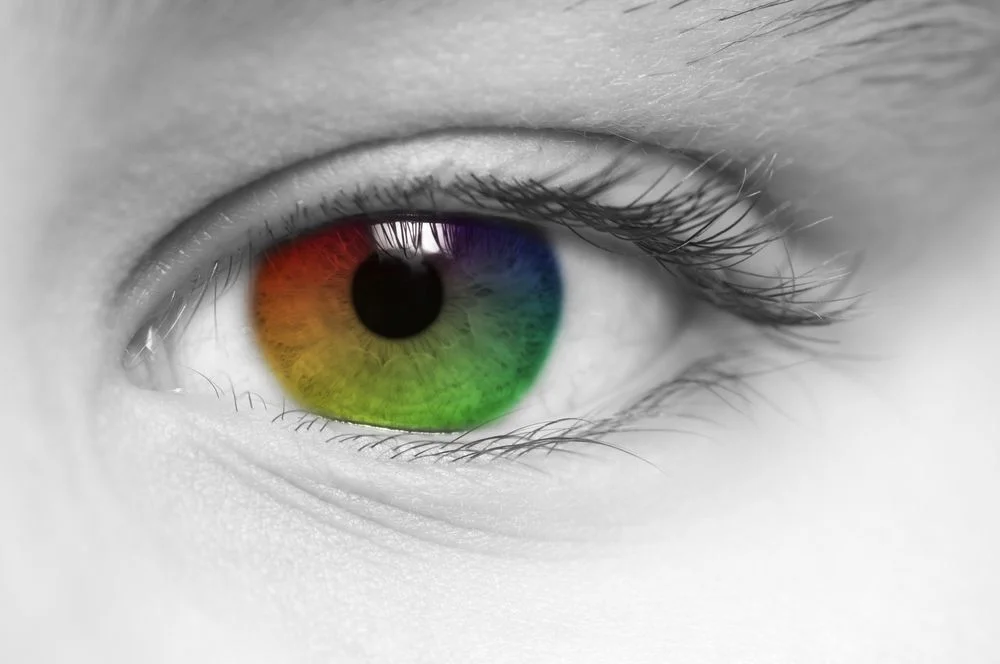The human eye is capable of perceiving an incredible range of colors and shades, but sometimes, it can see colors that don’t actually exist. This phenomenon is known as “implied color” and it occurs when the brain perceives color based on context, even though the color is not physically present.
One example of implied color is seen in the context of shadows. Shadows are typically associated with darkness and the absence of light, but when a shadow is cast over a bright surface, the brain may perceive the shadow as a color. This is because the brain is processing the surrounding light and color information, and using that information to make an assumption about the color of the shadow.

Another example of implied color can be seen in optical illusions. Optical illusions rely on the way the brain processes visual information to create false perceptions of color. For example, in the classic optical illusion known as the “gray squares,” two squares of the same color are surrounded by different colored squares. Despite being the same color, the brain perceives the squares as being different shades of gray based on the surrounding colors.
Finally, the way that our eyes process light and the way our brain interprets visual information can sometimes lead to false perceptions of color. For example, the color of an object can appear to change depending on the lighting conditions or the background it is against. Our brain may use information about the surrounding light and color to perceive the color of an object, even though it is not actually that color.
In conclusion, while the human eye is capable of perceiving an incredible range of colors, there are times when it can see colors that don’t actually exist. This phenomenon, known as “implied color,” occurs when the brain perceives color based on context and can be seen in situations such as shadows, optical illusions, and changes in lighting conditions.




